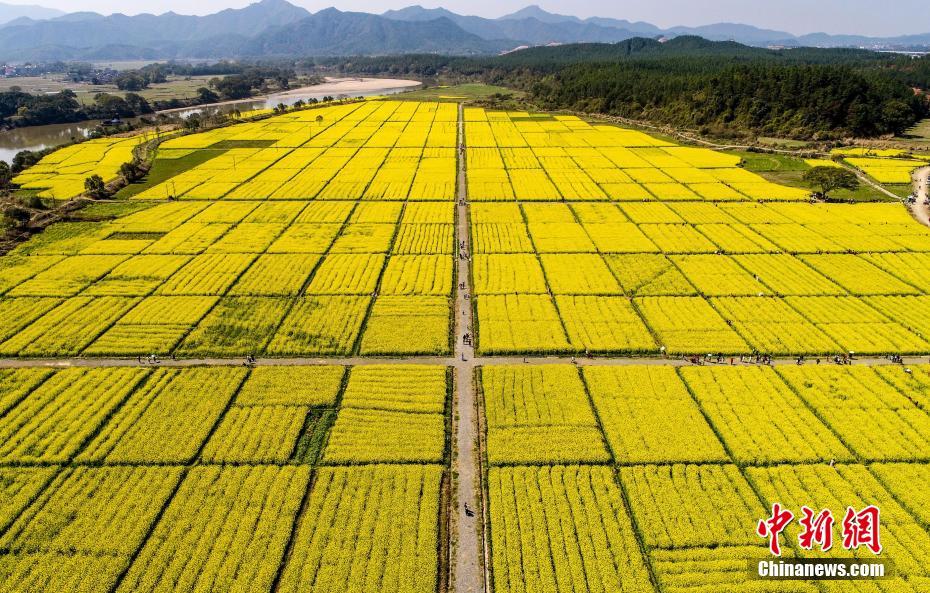
Ecosystem is made of It is composed of two parts: biological composition and non-biological environment. The non-biological environment includes mineral elements, compounds and organic substances that participate in the material cycle and climate or other physical conditions. Biological components include three functional groups, including producers, consumers and decomposers.
Ecosystem is a unified whole between biome and its environment due to the continuous material cycle and energy flow process. For example, forests, grasslands and oceans are all typical ecosystems.
Ecosystem refers to a unified whole composed of biome and inorganic environment.And the school pond you want to investigate belongs to the pond ecosystem in the wetland ecosystem. Features, I think you should be talking about the function of the ecosystem: that is, it can carry out material circulation, energy flow and information transmission. I hope I can help you.
The concept of ecosystem was proposed by British ecologist A.G. Tansley (1871~1955) in 1935. He believes that "the basic concept of ecosystem is the 'system' used in physics as a whole. This system includes not only organic complexes, but also the entire physical factor complex that forms the environment.
The ecosystem is a whole composed of biological and non-biological interactions, including the interdependence between biological communities, habitats and species.The components of the ecosystem include ecological niches, biospheres, various substances and energy cycles in nature, etc.
Ecosystem, also known as ecosystem, refers to the unified whole of organisms and the environment in a certain space of nature. In this unified whole, organisms and the environment influence and constrain each other, and are in a relatively stable dynamic balance for a certain period of time.
The concept of ecosystem was proposed by British ecologist A.G. Tansley (1871~1955) in 1935. He believes that "the basic concept of ecosystem is the 'system' used in physics as a whole. This system includes not only organic complexes, but also the entire physical factor complex that forms the environment.
Ecosystems are composed of two parts: biological components and abiotic environment. The abiotic environment includes mineral elements, compounds and organic matter that participate in the material cycle, as well as climate or other physical conditions. Biological components include three functional groups, including producers, consumers and decomposers.
Ecosystem, that is, a unified whole formed by the interaction between the biome and its inorganic environment.
Ecosystem is a dynamic complex formed by the interaction of plants, animals and microbial communities and their inanimate environments as an ecological unit.

Ecosystems are composed of two parts: biological components and non-biological environments. The non-biological environment includes mineral elements, compounds and organic matter that participate in the material cycle, as well as climate or other physical conditions. Biological components include three functional groups, including producers, consumers and decomposers.
Ecosystem refers to a unified whole composed of biomes and inorganic environments.
Ha ha~ Ask people, ecosystem refers to a unified whole formed by the interaction between the biome and its inorganic environment. Components of the biosystem: non-living substances and energy, producers, consumers, decomposers.
Ecosystem is an important concept in biology, which refers to a system that interacts and interdependent between biological communities and non-biological environments in a specific space in nature. First of all, an ecosystem is a network structure composed of biological and non-biological factors.
Definition: In nature, no biological community exists in isolation. They are always inseparable from the environment in which they live through the exchange of energy and matter.They are interconnected and interact to form a unified whole, which is the ecosystem.
The ecosystem is a whole composed of biological and non-biological interactions, including the interdependence between biological communities, habitats and species. The components of the ecosystem include ecological niches, biospheres, various substances and energy cycles in nature, etc.
Arena plus APK-APP, download it now, new users will receive a novice gift pack.
Ecosystem is made of It is composed of two parts: biological composition and non-biological environment. The non-biological environment includes mineral elements, compounds and organic substances that participate in the material cycle and climate or other physical conditions. Biological components include three functional groups, including producers, consumers and decomposers.
Ecosystem is a unified whole between biome and its environment due to the continuous material cycle and energy flow process. For example, forests, grasslands and oceans are all typical ecosystems.
Ecosystem refers to a unified whole composed of biome and inorganic environment.And the school pond you want to investigate belongs to the pond ecosystem in the wetland ecosystem. Features, I think you should be talking about the function of the ecosystem: that is, it can carry out material circulation, energy flow and information transmission. I hope I can help you.
The concept of ecosystem was proposed by British ecologist A.G. Tansley (1871~1955) in 1935. He believes that "the basic concept of ecosystem is the 'system' used in physics as a whole. This system includes not only organic complexes, but also the entire physical factor complex that forms the environment.
The ecosystem is a whole composed of biological and non-biological interactions, including the interdependence between biological communities, habitats and species.The components of the ecosystem include ecological niches, biospheres, various substances and energy cycles in nature, etc.
Ecosystem, also known as ecosystem, refers to the unified whole of organisms and the environment in a certain space of nature. In this unified whole, organisms and the environment influence and constrain each other, and are in a relatively stable dynamic balance for a certain period of time.
The concept of ecosystem was proposed by British ecologist A.G. Tansley (1871~1955) in 1935. He believes that "the basic concept of ecosystem is the 'system' used in physics as a whole. This system includes not only organic complexes, but also the entire physical factor complex that forms the environment.
Ecosystems are composed of two parts: biological components and abiotic environment. The abiotic environment includes mineral elements, compounds and organic matter that participate in the material cycle, as well as climate or other physical conditions. Biological components include three functional groups, including producers, consumers and decomposers.
Ecosystem, that is, a unified whole formed by the interaction between the biome and its inorganic environment.
Ecosystem is a dynamic complex formed by the interaction of plants, animals and microbial communities and their inanimate environments as an ecological unit.

Ecosystems are composed of two parts: biological components and non-biological environments. The non-biological environment includes mineral elements, compounds and organic matter that participate in the material cycle, as well as climate or other physical conditions. Biological components include three functional groups, including producers, consumers and decomposers.
Ecosystem refers to a unified whole composed of biomes and inorganic environments.
Ha ha~ Ask people, ecosystem refers to a unified whole formed by the interaction between the biome and its inorganic environment. Components of the biosystem: non-living substances and energy, producers, consumers, decomposers.
Ecosystem is an important concept in biology, which refers to a system that interacts and interdependent between biological communities and non-biological environments in a specific space in nature. First of all, an ecosystem is a network structure composed of biological and non-biological factors.
Definition: In nature, no biological community exists in isolation. They are always inseparable from the environment in which they live through the exchange of energy and matter.They are interconnected and interact to form a unified whole, which is the ecosystem.
The ecosystem is a whole composed of biological and non-biological interactions, including the interdependence between biological communities, habitats and species. The components of the ecosystem include ecological niches, biospheres, various substances and energy cycles in nature, etc.
100 free bonus casino no deposit GCash
author: 2025-02-23 16:34UEFA Champions League standings
author: 2025-02-23 15:48Free sports events uefa champions league app android
author: 2025-02-23 15:08Hearthstone arena class win rates reddit
author: 2025-02-23 16:26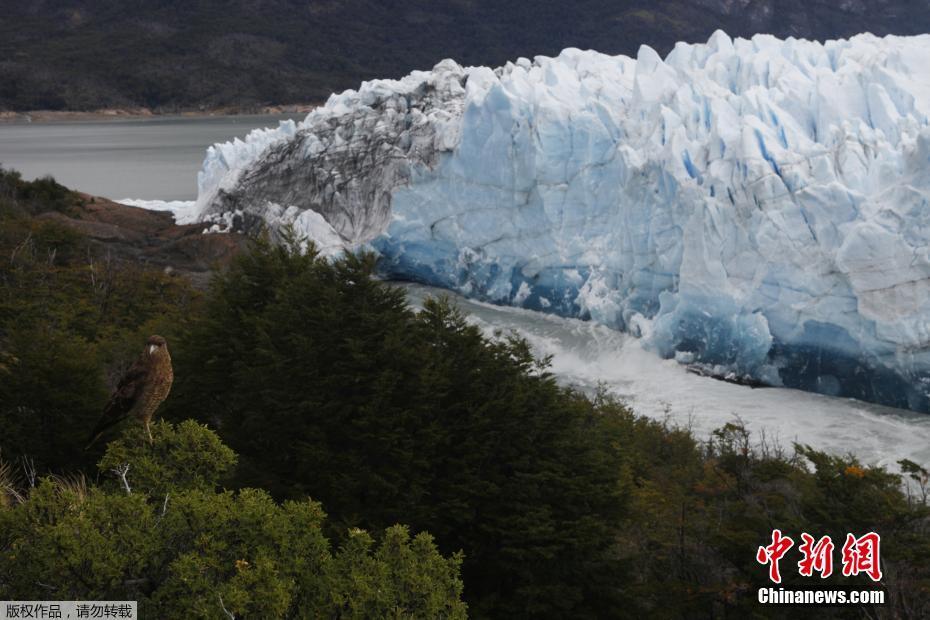 Casino redeem
Casino redeem
575.63MB
Check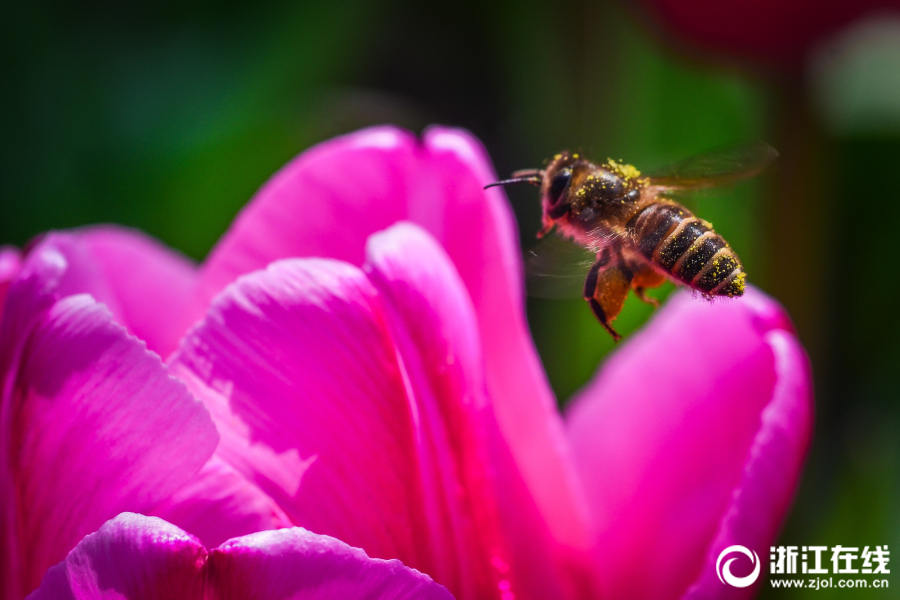 Bingo Plus stock
Bingo Plus stock
247.88MB
Check Hearthstone arena class win rates reddit
Hearthstone arena class win rates reddit
453.45MB
Check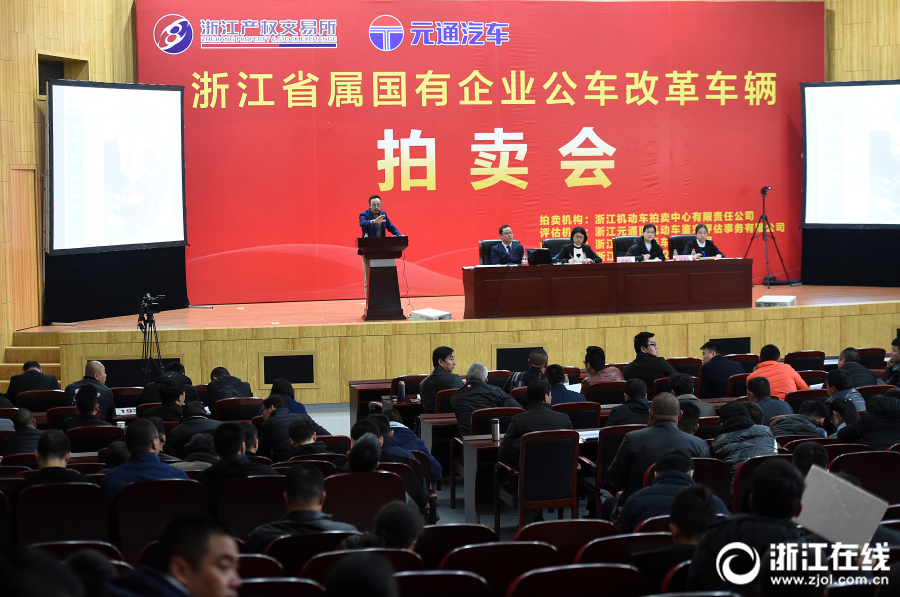 bingo plus update today Philippines
bingo plus update today Philippines
289.93MB
Check UEFA live free
UEFA live free
619.14MB
Check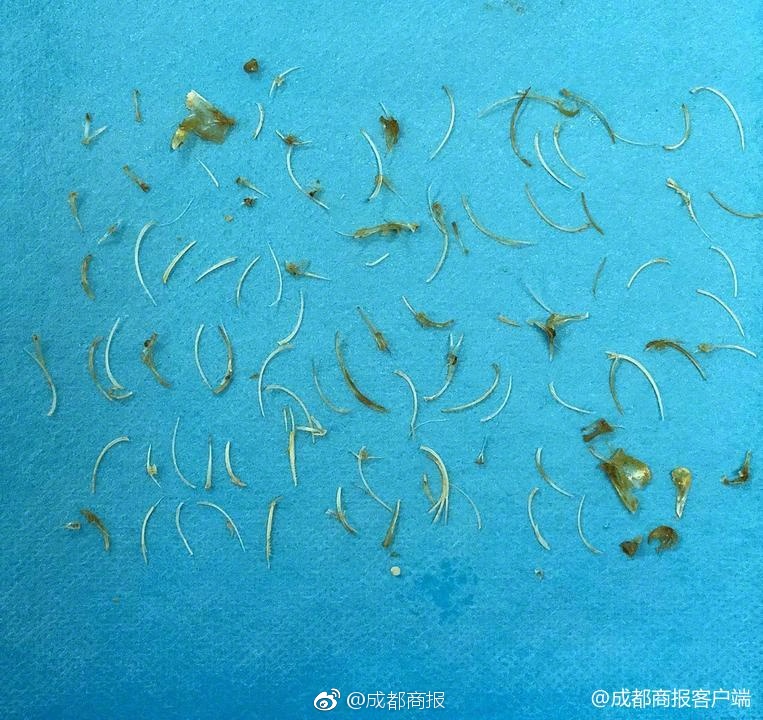 Casino Plus free 100
Casino Plus free 100
565.26MB
Check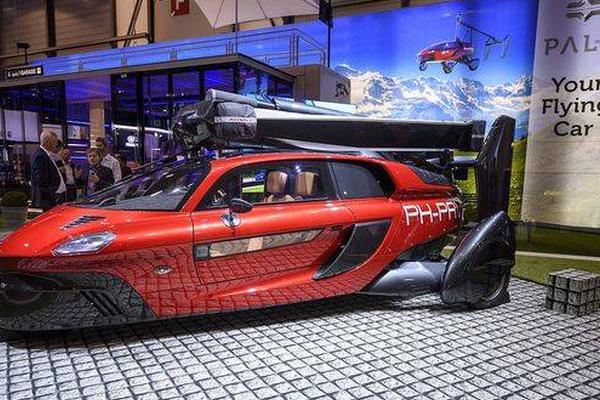 Champions League
Champions League
825.17MB
Check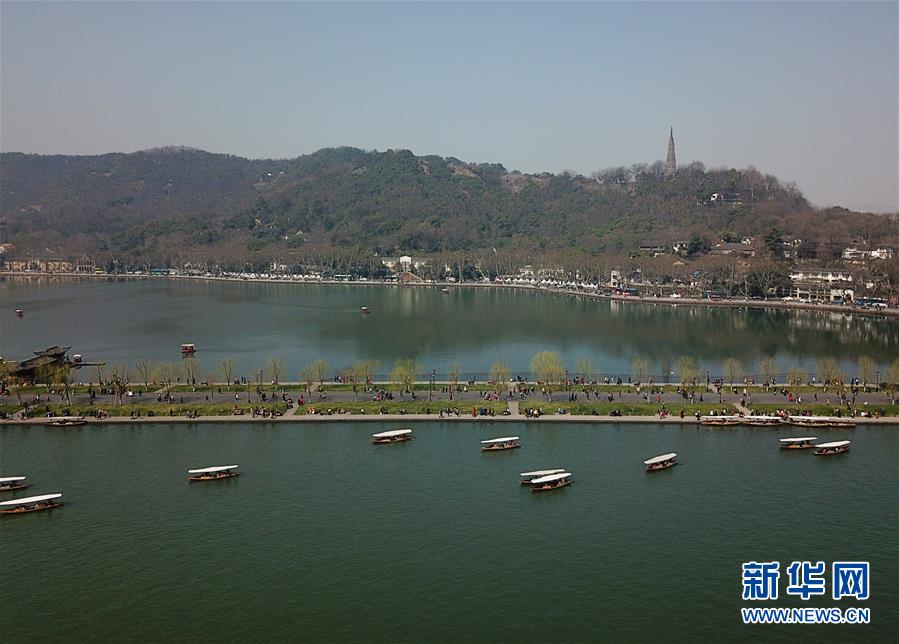 Europa League app
Europa League app
885.31MB
Check UEFA Champions League
UEFA Champions League
955.39MB
Check Bingo Plus
Bingo Plus
728.82MB
Check Hearthstone Arena Tier List
Hearthstone Arena Tier List
634.71MB
Check Hearthstone arena class win rates reddit
Hearthstone arena class win rates reddit
662.17MB
Check Bingo Plus
Bingo Plus
659.35MB
Check UEFA Champions League
UEFA Champions League
882.53MB
Check UEFA Champions League live
UEFA Champions League live
723.91MB
Check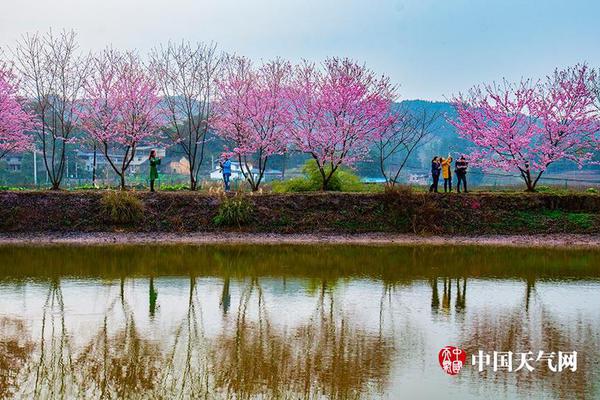 Hearthstone Arena Tier List
Hearthstone Arena Tier List
279.95MB
Check UEFA EURO
UEFA EURO
912.87MB
Check UEFA live free
UEFA live free
238.36MB
Check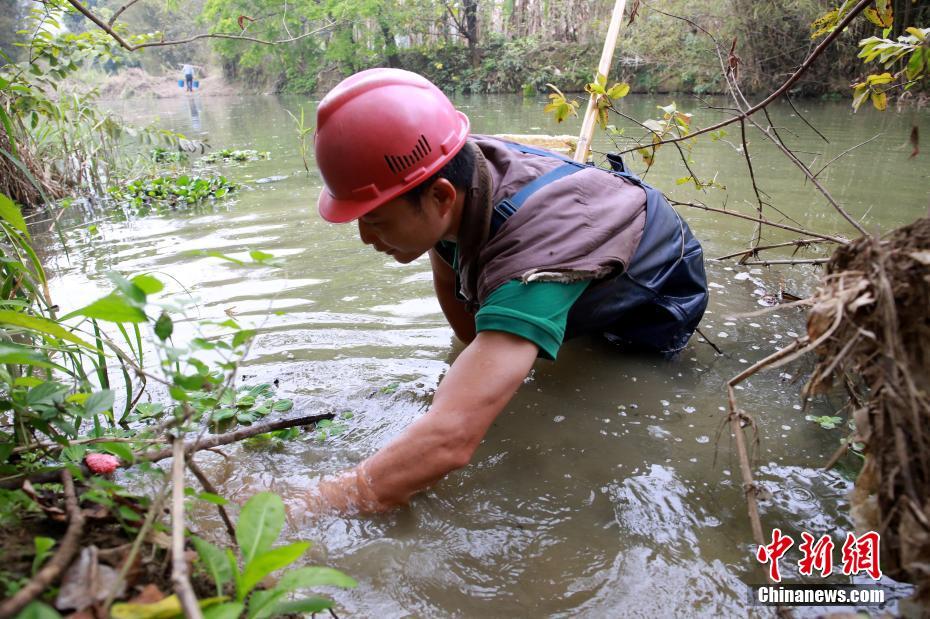 LR stock price Philippines
LR stock price Philippines
149.81MB
Check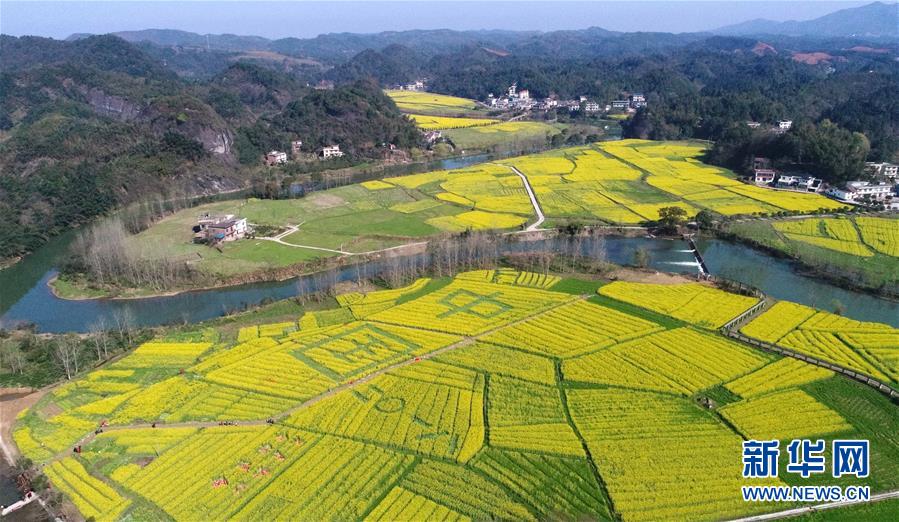 Hearthstone Arena win rate
Hearthstone Arena win rate
993.62MB
Check UEFA TV
UEFA TV
457.33MB
Check Hearthstone Arena class tier list 2024
Hearthstone Arena class tier list 2024
768.58MB
Check European Cup live
European Cup live
689.77MB
Check bingo plus update today
bingo plus update today
121.83MB
Check Casino redeem
Casino redeem
131.78MB
Check European Cup live
European Cup live
655.61MB
Check Casino redeem
Casino redeem
679.81MB
Check TNT Sports
TNT Sports
465.62MB
Check UEFA Champions League standings
UEFA Champions League standings
171.88MB
Check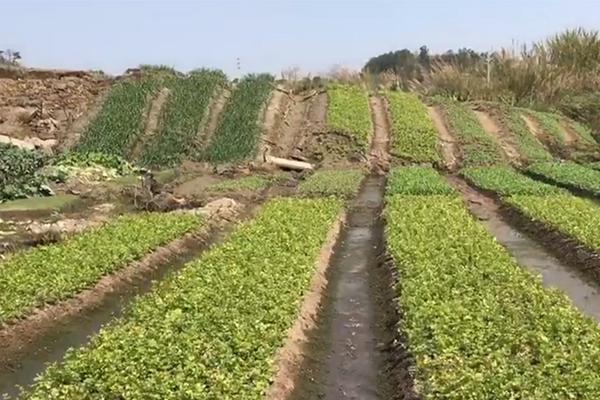 Casino free 100 no deposit
Casino free 100 no deposit
518.87MB
Check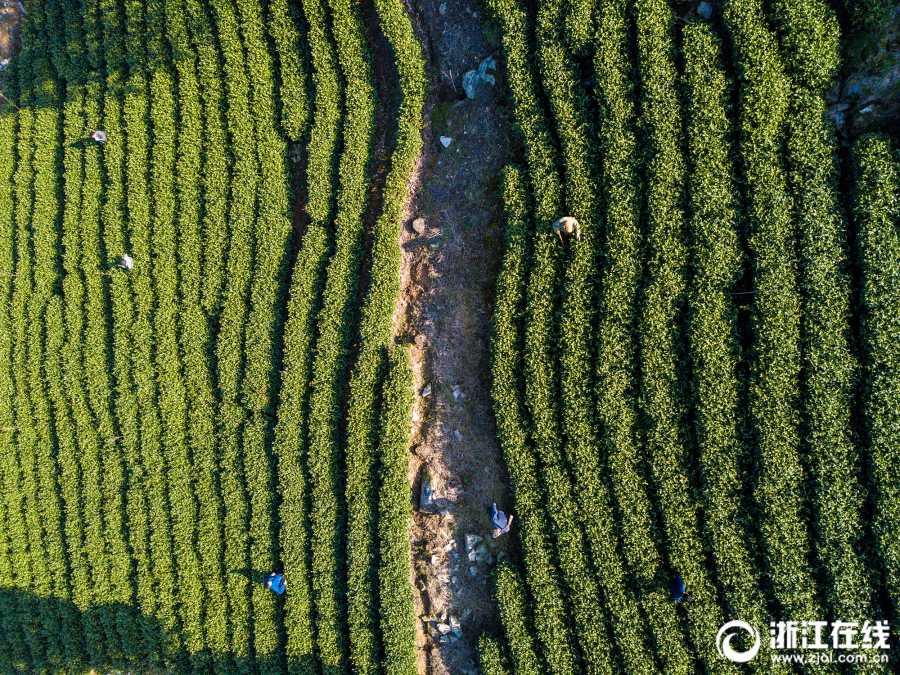 DigiPlus
DigiPlus
456.13MB
Check Europa League app
Europa League app
683.58MB
Check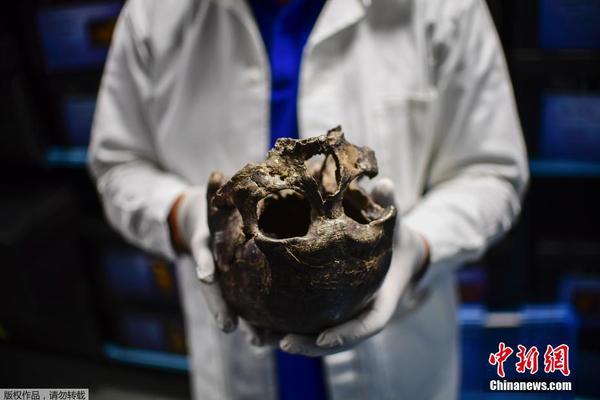 UEFA EURO
UEFA EURO
695.64MB
Check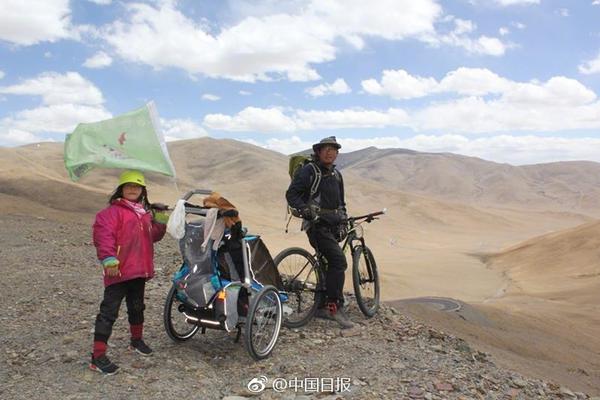 LR stock price Philippines
LR stock price Philippines
727.55MB
Check Casino Plus login register
Casino Plus login register
998.87MB
Check UEFA TV
UEFA TV
578.18MB
Check
Scan to install
Arena plus APK to discover more
Netizen comments More
550 Casino Plus login register
2025-02-23 17:16 recommend
2742 Hearthstone Arena class tier list 2024
2025-02-23 16:31 recommend
1296 UEFA Champions League standings
2025-02-23 16:29 recommend
877 Walletinvestor digi plus
2025-02-23 16:19 recommend
1980 UEFA TV
2025-02-23 14:53 recommend